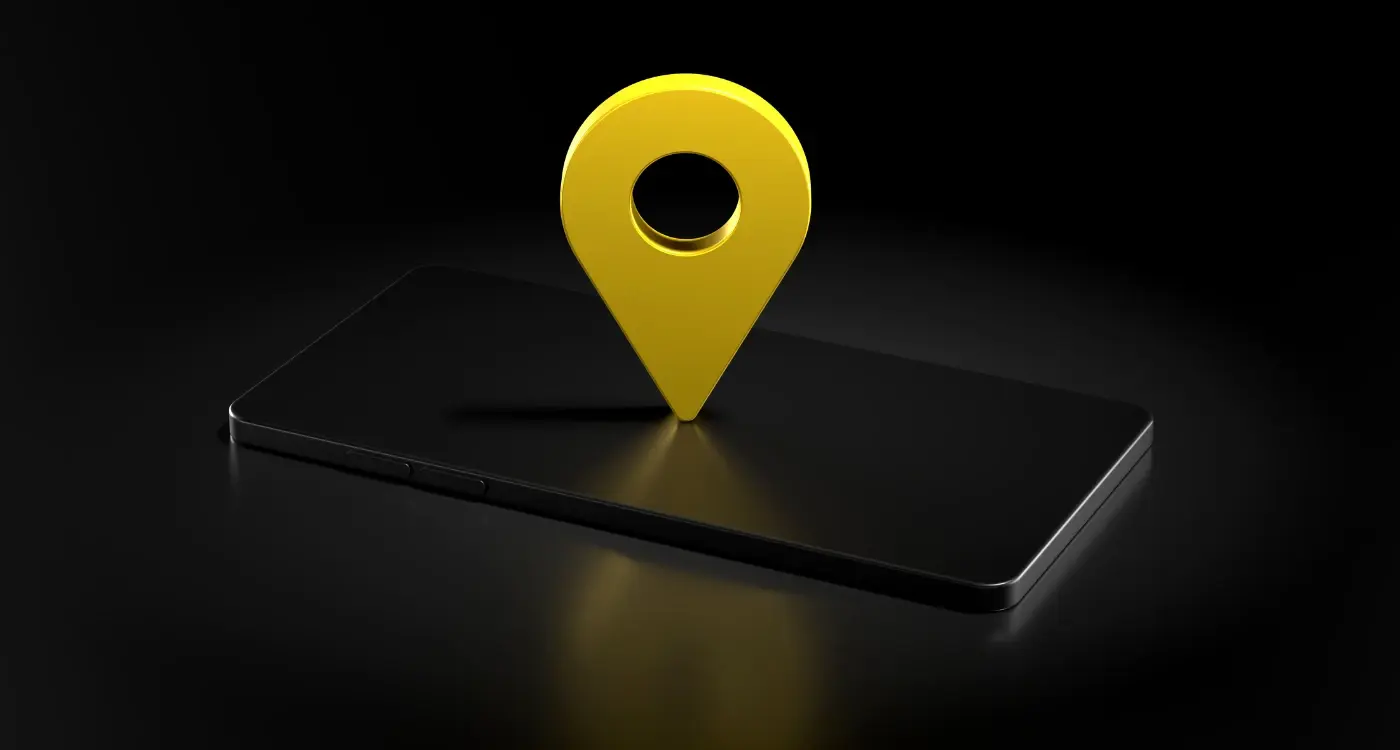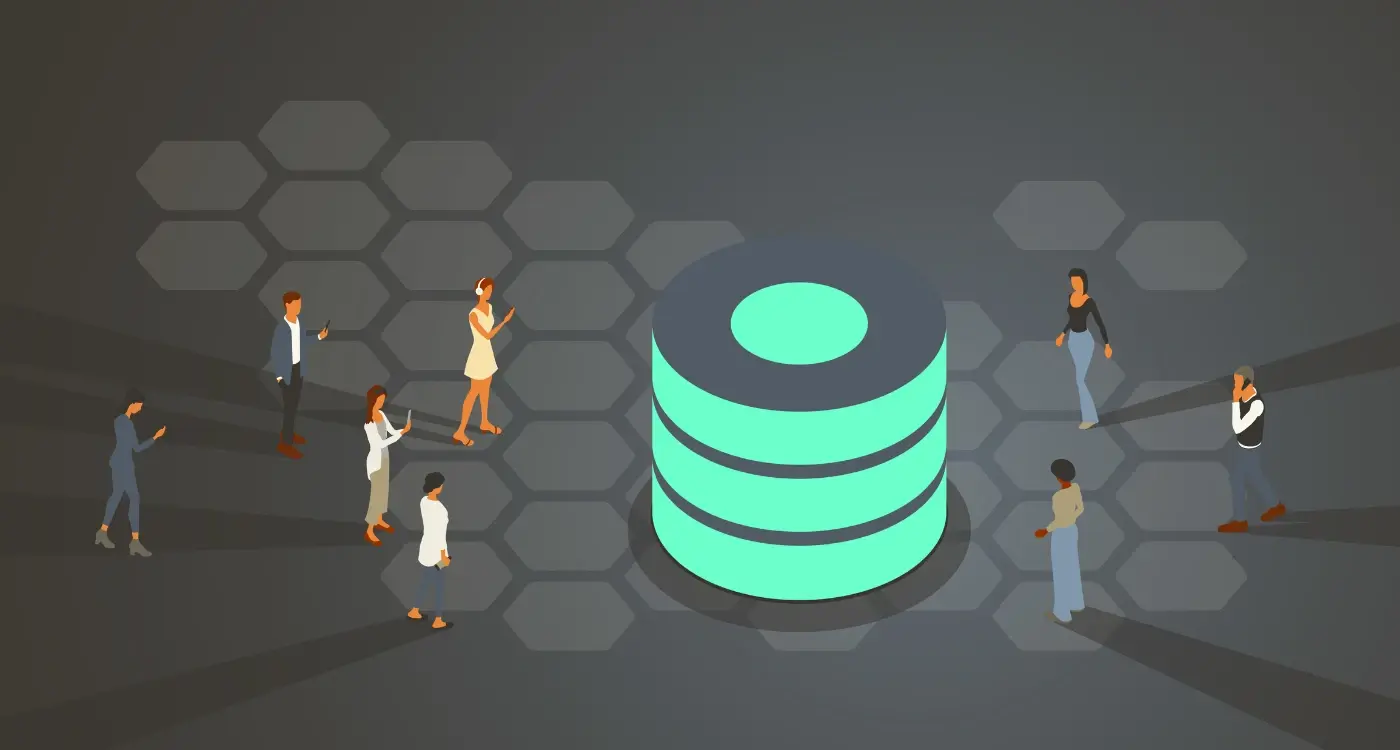How to Create an Event App That Delights Both Organisers and Attendees
Nearly 70% of event apps fail to gain traction with users. The reason? They're built for just one half of their audience. Most event apps focus heavily on what attendees want—finding sessions, networking, getting directions—but completely ignore what organisers need to run a successful event. This creates a broken experience where half your users are frustrated and the other half are missing out on features that could make their experience better.
Building a dual-purpose event app isn't just about cramming two different interfaces into one package. It's about understanding that organisers and attendees actually need each other to succeed. When organisers can easily update schedules, send announcements, and track engagement, attendees get a better experience. When attendees can network effectively, leave feedback, and participate actively, organisers get the data and outcomes they're looking for.
The best event apps don't just serve two audiences—they create a bridge between them that makes both sides more successful
This guide will show you how to build an event app that works brilliantly for both organisers and attendees. We'll cover everything from understanding what each group really needs, to designing features that benefit both sides, to testing your app with real users from both audiences. By the end, you'll have a clear roadmap for creating an app that doesn't just work for everyone—it makes everyone's job easier.
Understanding Your Dual Audience: Why Event Apps Need to Serve Two Masters
Here's something I learnt the hard way after years of building event apps—you're not just creating one app, you're creating two apps that happen to live in the same package. Event organisers and attendees have completely different needs, and if you try to please one without thinking about the other, you'll end up disappointing both.
Think about what an event organiser needs: they want to see registration numbers, send last-minute updates to speakers, track attendance, and manage the chaos that comes with running any event. Meanwhile, attendees just want to know where the coffee is, what time their favourite session starts, and how to connect with other people there.
The Organiser's Perspective
Event organisers are juggling dozens of moving parts—vendor coordination, speaker management, venue logistics. Your app becomes their command centre, so they need dashboards, analytics, and tools that help them solve problems quickly. They're often stressed, working long hours, and need information at their fingertips.
The Attendee's Experience
Attendees, on the other hand, want simplicity. They're probably using your app while walking between sessions, standing in queues, or trying to find the toilets. They need clear navigation, offline access to schedules, and features that enhance their event experience without getting in the way. If your app makes their life harder, they'll simply stop using it.
The magic happens when you design features that serve both audiences simultaneously—like real-time session updates that help organisers manage capacity whilst helping attendees avoid overcrowded rooms.
Planning Your App's Core Features for Both User Types
Here's the thing about dual-purpose event apps—they're not just twice as hard to build, they're exponentially more complex. I've worked on plenty of event apps over the years, and the ones that succeed are those that understand this fundamental truth: organisers and attendees need completely different things from the same platform.
Let me break this down for you. Organisers want control, analytics, and management tools. They need dashboards that show ticket sales, attendee lists, and real-time metrics. Attendees, on the other hand, want simplicity, discovery, and social features. They're looking for schedules, maps, and ways to connect with other people.
Core Features Every Dual-Purpose App Needs
- User authentication with role-based access (organisers see different screens than attendees)
- Event creation tools for organisers with public-facing event pages for attendees
- Ticket management system that works for both selling and buying
- Push notification system with different triggers for each user type
- Analytics dashboard for organisers and personalised schedules for attendees
- Communication tools that let organisers broadcast and attendees interact
The secret sauce is in the user interface design. You can't just bolt on features for both groups—you need to create separate user journeys that feel natural for each type of user whilst sharing the same underlying data.
Start by mapping out what each user type needs to accomplish in your app, then identify where these journeys overlap. This prevents feature bloat and keeps both interfaces clean.
Creating Seamless Registration and Ticketing Systems
Registration and ticketing systems are where your event app either wins or loses users—often within the first thirty seconds of someone opening it. I've seen brilliant event apps fail because their registration process was too complicated, and I've watched mediocre apps succeed simply because they made signing up effortless.
The secret is understanding that organisers need detailed information whilst attendees want speed. Your registration flow should collect the data organisers require without making attendees feel like they're filling out a mortgage application. Start with the absolute basics—name, email, and perhaps phone number—then use progressive profiling to gather additional details later.
Building Registration That Works for Everyone
Your registration system needs to handle different ticket types, pricing tiers, and booking requirements. Here's what both user groups actually need:
- Quick social media login options for attendees
- Bulk import capabilities for organisers managing group bookings
- Mobile-optimised payment processing that doesn't crash
- Automatic confirmation emails with QR codes
- Real-time capacity tracking to prevent overselling
The Technical Side That Matters
Your ticketing system must sync with payment processors instantly—nobody wants to deal with double bookings or failed transactions. Build in offline capabilities too; people often register whilst commuting with patchy internet connections. Most importantly, make your QR codes work reliably because there's nothing worse than queues forming because tickets won't scan properly at the venue entrance.
Building Smart Event Discovery and Scheduling Tools
Getting people to find and engage with events is where most apps struggle—and honestly, I've seen this challenge dozens of times across different projects. Your discovery system needs to work brilliantly for both organisers who want maximum visibility and attendees who want relevant suggestions without feeling overwhelmed.
Making Events Easy to Find
Smart filtering is your best friend here. Location-based search, category filters, and date ranges are the basics, but the magic happens when you add personalisation. Track what types of events users attend or browse, then surface similar options. For organisers, this means their events reach the right people; for attendees, it means less scrolling through irrelevant listings.
Scheduling That Actually Works
Calendar integration isn't optional—it's what separates good apps from great ones. Users should be able to sync events directly to their phone's calendar with one tap. Build in conflict detection too; nobody wants to accidentally double-book themselves.
The best event apps make discovery feel effortless whilst giving organisers the reach they need to fill their events
Push notifications about upcoming events or last-minute changes keep everyone in the loop, but give users control over frequency. Nothing kills an app faster than notification fatigue—trust me on this one.
Designing Communication Features That Connect Everyone
Communication features can make or break an event app—I've seen brilliant apps fail simply because people couldn't connect with each other properly. The tricky bit is that organisers need different communication tools than attendees do, but both groups need to feel included in the conversation.
Building Bridges Between Organisers and Attendees
Start with a messaging system that lets organisers broadcast important updates to everyone whilst allowing attendees to chat amongst themselves. Push notifications work well here, but don't overdo it—nobody wants their phone buzzing every five minutes. I always recommend giving users control over what notifications they receive.
Consider adding features like Q&A sections for sessions, networking chat rooms, and direct messaging between attendees. These keep people engaged and help organisers gauge what's working. Live polls during presentations are brilliant too; they give speakers instant feedback and make attendees feel heard.
Making It Simple for Everyone
The key is keeping things intuitive. Use familiar chat interfaces that people already understand from other apps. Add clear labels and icons so organisers can quickly find broadcasting tools whilst attendees can easily join conversations. Remember, during busy events people are distracted—your communication features need to work seamlessly even when users are rushing between sessions or trying to multitask.
Managing Real-Time Updates and Live Event Information
Real-time updates are the heartbeat of any event app—without them, you're basically giving people a fancy digital brochure that's probably out of date before lunch. I've seen too many event apps fail because they couldn't handle the constant stream of changes that happen during live events. Speakers get sick, rooms change, sessions run over time, and emergency announcements need to go out immediately.
The trick is building a system that works for both organisers and attendees without overwhelming either group. Organisers need simple tools to push updates quickly when they're running around putting out fires. Attendees want to receive the right information at the right time without their phones buzzing every five minutes.
Push Notifications That Actually Help
Your notification system needs to be smart about what gets sent and when. Nobody wants to be bombarded with alerts about sessions they're not attending or vendors they don't care about. Build in filters so attendees can choose what they want to hear about—session changes, networking opportunities, or emergency information.
Create notification templates for common scenarios like room changes or session delays. This saves organisers time and ensures consistent messaging during stressful moments.
Different Update Channels for Different Needs
Not every update needs a push notification. Sometimes a quiet refresh of the schedule is enough. Your dual-purpose app should handle multiple types of updates smoothly:
- Critical alerts for emergency information or major changes
- Session updates that refresh automatically in the background
- Social feeds for networking and engagement
- Polling and Q&A that updates live during presentations
The key is giving organisers granular control over what gets pushed immediately versus what updates quietly in the background. This balance keeps attendees informed without annoying them.
Testing Your App with Both Organisers and Attendees
Testing an event app properly means getting both organisers and attendees to actually use it—not just show it to your team and call it done. I've seen too many apps that work brilliantly for one group but completely confuse the other, and that's usually because they only tested with one type of user.
Start by recruiting real organisers who run actual events, not just people who think they understand event management. Give them proper tasks like setting up an event, managing registrations, and sending updates to attendees. Watch how they navigate through the admin sections and note where they get stuck or frustrated.
Getting Attendees to Test Naturally
For attendee testing, you need people who don't know anything about your app. Ask them to register for a fake event, browse the schedule, and try to connect with other attendees. The key is watching their first reaction—if they're confused within the first 30 seconds, you've got work to do.
Running Joint Testing Sessions
The real magic happens when you test both user types together. Set up a mock event where organisers manage everything through the app whilst attendees use it to participate. This reveals problems you'd never spot testing each group separately—like when an organiser sends an update that attendees can't find, or when the registration process looks fine to organisers but completely baffles actual users.
Conclusion
Building an event app that works brilliantly for both organisers and attendees isn't just about cramming features together—it's about understanding that these two groups need different things from the same platform. I've worked on dozens of event apps over the years, and the ones that succeed are those that nail this dual-purpose approach from day one.
The organisers need control, data, and tools that make their job easier; the attendees want simplicity, information, and connections. When you get this balance right, magic happens. The organisers get better engagement numbers and fewer support headaches, whilst attendees actually enjoy using the app rather than deleting it after five minutes.
Don't try to build everything at once though. Start with your core features—registration, scheduling, and basic communication—then add the bells and whistles later. Test early with real organisers and real attendees, not just your team sitting around a conference table pretending to be users.
The event industry moves fast, and people's expectations keep rising. But if you focus on solving real problems for both sides of your audience, you'll create something that people actually want to use. That's the secret sauce right there.
Share this
Subscribe To Our Learning Centre
You May Also Like
These Related Guides

How Do I Set Up Accurate Geofencing for My Business App?

Should My Event App Work for Both Virtual and in-Person Events?



